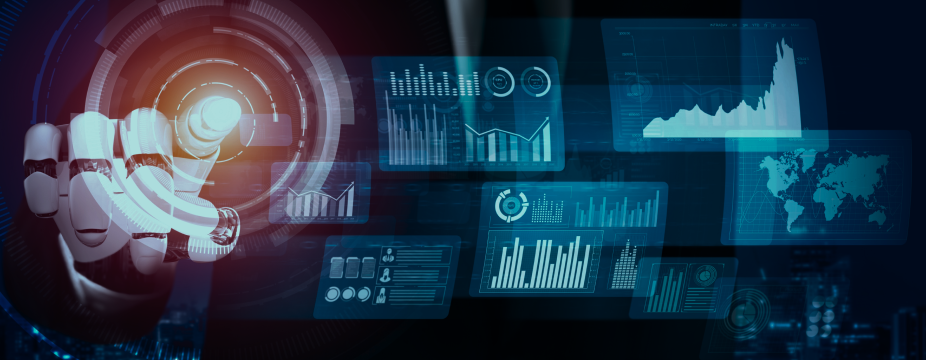|
Getting your Trinity Audio player ready...
|
Data visualization in big data is changing the way analysts work with the data from analyzing data opportunities and delivering incisive insights.
With the rapid increase in data, there’s potential for a great opportunity, but many businesses feel challenged in finding value in their big data investment. And the true value of data lies in how we analyze and represent the extracted insights for a better understanding of human beings to build the most reliable decision models.
What is Data Visualization in Big Data?
Data visualization is a quick, easy way to convey concepts in any universal manner, and you can experiment with different scenarios by making slight adjustments. A picture is worth a thousand words, especially when you’re trying to find relationships and understand your data, which could include thousands or even millions of variables, Data Visualization can be a reliable tool to visualize humongous volumes of complex data. The human brain can process information available on charts or graphs at a faster rate compared to extracting insights in spreadsheets and reports to make quick and reliable decisions.
Data visualization can deliver:
- 1. Identify areas that need attention or improvement.
- 2. Clarify which factors influence customer behavior.
- 3. Helps businesses to understand inventory and product assortments.
- 4. Predict sales volumes and more.
Using Data Visualization In Big Data Enable Enhanced Business Outcomes
Regardless of industry or size, all types of businesses are using data visualization to help make sense of their data. Here’s how.
-
1. Comprehend information quickly
- Graphical representation of large volumes of data allows the business to use the drawings in cohesive ways, and draw conclusions from that information. And since it’s significantly faster to analyze information in graphical format (as opposed to analyzing information in spreadsheets), businesses can address problems or answer questions in a more timely manner.
-
2. Identify relationships and patterns in data
- Even humongous volumes of complicated data when presented graphically make sense; businesses can recognize patterns in the data that are highly correlated. Some correlations will be obvious, but others won’t. Identifying those relationships helps organizations focus on areas that are most likely to influence their most important goals.
-
3. Communicate with Data
- Once a business has discovered new insights from visual analytics, the next step is to communicate those insights to internal and external teams to make impactful decisions. Using charts, graphs, or other visually expressive representations of data is important in this step because it’s engaging and gets the message across quickly to build the utmost reliability models.
-
4. Pinpoint emerging trends
- Using data visualization to discover trends in the data help both the businesses and the marketers in having an edge over the competitors and ultimately affects the bottom line. Analyzing data using data visualization tools can easily spot outliers that affect product quality, internal operations, or customer churn to address issues before they become critical challenges.
Integrating data visualization techniques and Data Science technologies like Machine Learning can help businesses with tighter budgets and limited IT resources, can get the most from their big data. The concepts of data visualization in representing the insights driven by big data can transform business in every sector from financial & banking to retail. Platforms offer a broader scale for visualization that holds large amounts of digital data without compromising on detail.
If you need any help with idea validation, proof-of-concept, Data Science consulting, large-scale AI implementation, Big Data Engineering, or a creative solution for your Data. You are at the right place.
Talk to our experts
